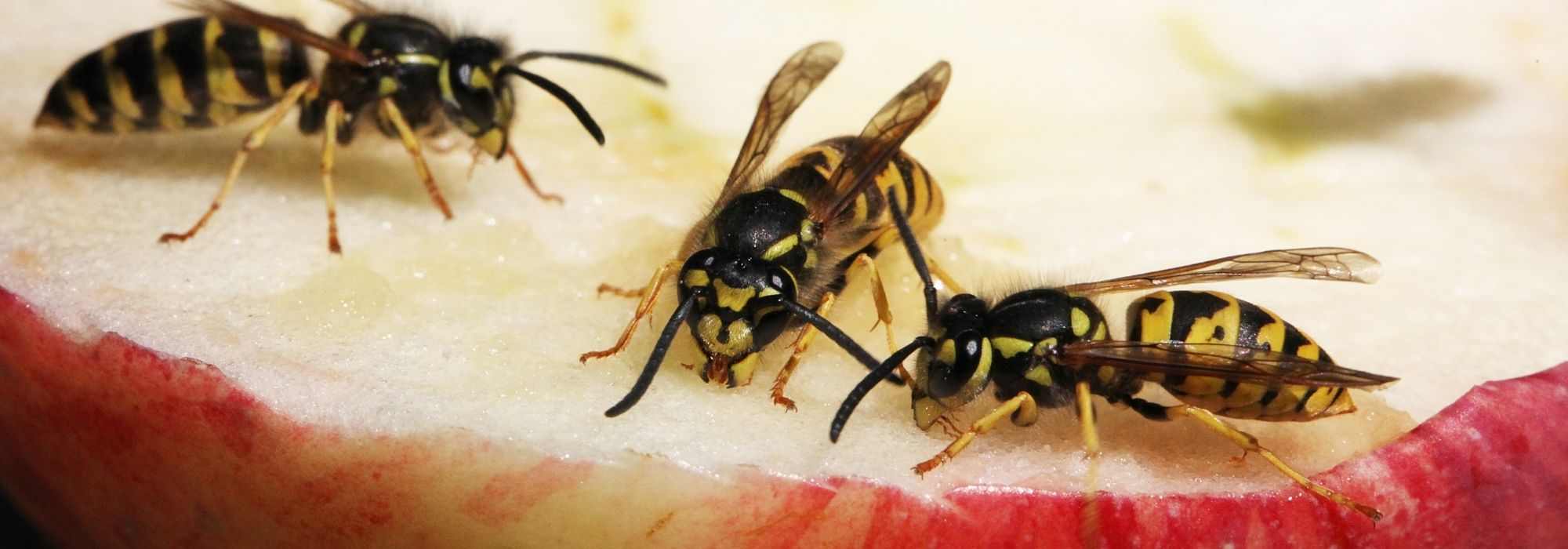
5 plants that repel wasps
Our selection of wasp-repelling plants for the garden
Contents
It’s summer, meals are increasingly eaten outdoors, sweet fruits reappear on tables and, often with them, the buzz of an unwelcome two‑coloured insect: the wasp.
There are many natural anti-wasp tips, alternatives to chemical insecticidal treatments: smouldering coffee grounds, use of essential oils, welcoming natural predators, etc.
And to deter wasps, certain plants are also reputed for their insect‑repellent properties. Their strong scents, whether lemony, camphoraceous, mentholated or spicy, would indeed act as effective natural repellents against wasps.
Here is our selection of 5 plants to grow to deter wasps.
Lavender, an essential insect-repellent plant
Renowned for its colourful spike flowering and powerful floral scent, lavender is one of the emblematic shrubs of summer and of the Mediterranean region.
Highly characteristic, lavender’s scent is inimitable and offers many benefits, notably repelling unwanted insects.
Lavender is fairly easy to grow and hardy, provided it can thrive in full sun in very free-draining, poor, stony soil that will not retain water.
It is also suitable for growing in pots, placed for example around a swimming pool, which always has the unfortunate tendency to attract wasps in summer.
Lavender can also be dried, for use in bunches placed near food likely to attract unwanted insects.
While all lavender varieties give off a floral, herbaceous fragrance, some, such as true lavenders, are even more fragrant. They are therefore particularly favoured for keeping wasps away.
- La lavandula angustifolia ‘Hidcote’, which offers an extremely aromatic violet flowering.
- La lavandula angustifolia ‘Essence Purple’, which emits an intense scent, especially when grown in a warm, sunny situation.
- La lavandula angustifolia ‘Arctic Snow’, whose distinctive white flowers exhale a powerful scent.
Highly ornamental and melliferous, lavender is therefore a perfect plant to incorporate into garden, on a terrace or a balcony to protect against wasps.
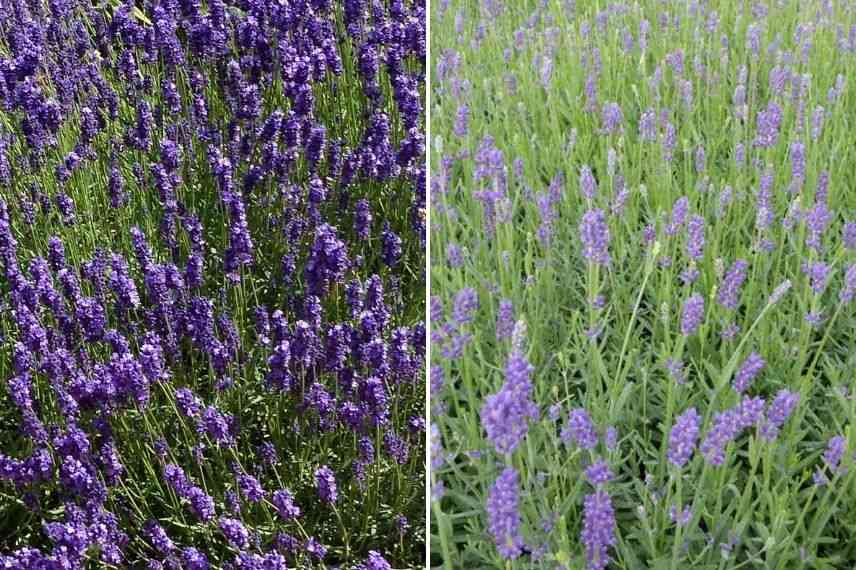
Left: Lavandula angustifolia ‘Hidcote’ ; right Lavandula angustifolia ‘Essence Purple’ (Photo: Guido)
Citronella to repel wasps and mosquitoes
lemongrass is a perennial plant of tropical origin, very widely used as a condiment in Asian cuisine for its tangy scent.
When crushed, the leaves of this grass release indeed a strong lemon scent with repellent properties, particularly against wasps, mosquitoes or certain flies.
Also called Madagascan lemongrass, Javan lemongrass, Gabon lemongrass, lemongrass or Indian verbena, it should however not be confused with lemon balm or lemon verbena. Despite their lemon-scented aroma, these plants are in fact quite different.
lemongrass is generally grown in pots outside the Mediterranean region, as this tender plant is not at all hardy.
Placed near garden seating, on a terrace or on a balcony, lemongrass should ideally be kept within easy reach. A few leaves of lemongrass, chopped, can also be placed on the table during meals or rubbed between the hands to keep wasps away.
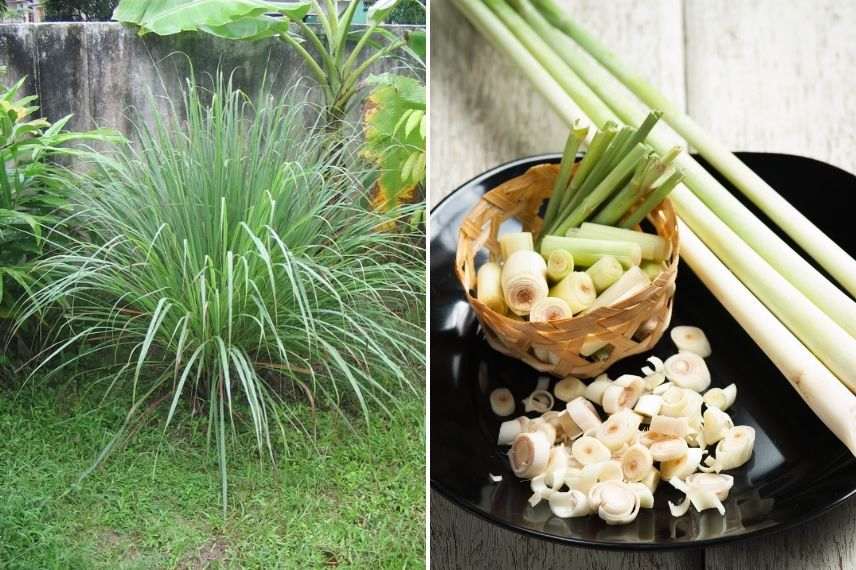
(Photo Yosri)
Wormwood: use freely to get rid of wasps
Wormwood wormwood (Artemisia absinthium), also known as great wormwood or bitter mugwort, is a perennial aromatic plant best known since the 19th century for its use in the sweetened drink of the same name.
Its foliage is very aromatic, reputed for its repellent, insecticidal and fungicidal properties against many pests: wasps, of course, but also flea beetles, cabbage whites, aphids or gastropods.
Wormwood is grown like other mugworts in dry, well-drained calcareous soil. It will thrive in a sunny, warm position, requiring little maintenance apart from an annual pruning back in spring.
Its silvery, finely divided leaves make it as attractive as it is useful in the garden.
In open ground, grow at least 1 metre away from other crops: its strong allelopathic effect does indeed influence other plants by inhibiting their growth.
A few fresh wormwood leaves can be placed in spots favoured by wasps to keep them away.
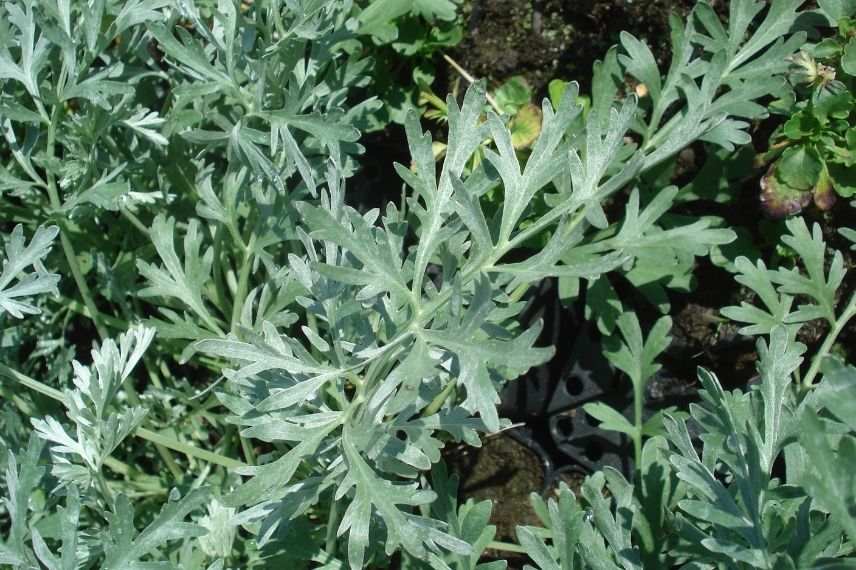
Read also
10 effective mosquito-repellent plantsScented-leaved pelargoniums and their many fragrances
Pelargoniums with scented foliage or scented geraniums are plants native to South Africa, often grown as annuals because of their low hardiness.
In addition to a long, colourful flowering, they offer a whole range of varied aromatic perfumes, sometimes heady, which are released at the slightest crushing of the leaves: spicy, floral, woody, citrus trees, …
Like citronella, pelargoniums with scented foliage naturally produce a molecule called citronellol, which has repellent properties against insects such as wasps or mosquitoes.
To keep them away, opt for, for example, the following varieties:
- scented pelargonium crispum ‘Variegatum’, which gives off a strong lemon scent;
- ‘Lemon Fancy’ or ‘Mosquitaway Louise’, offering intense citronella notes;
- ‘Graveolens’ and its scent evolving with the seasons, moving from balsamic to menthol-like notes, then to a floral rose scent;
- ‘Chocolate’ with its surprising, powerful wafts of icy mint;
- ‘Endsleigh’, emitting a strong, sharp peppery scent.
It is not difficult to succeed in growing scented geraniums: a sunny or semi-shaded position, whether planted in ground or in a pot, will suit them perfectly.
In window boxes, pelargoniums with scented foliage should be placed on windowsills to prevent wasps from entering, on the terrace or hung around outdoor seating areas. A mere breeze or any brushing of the foliage will release their full perfume.
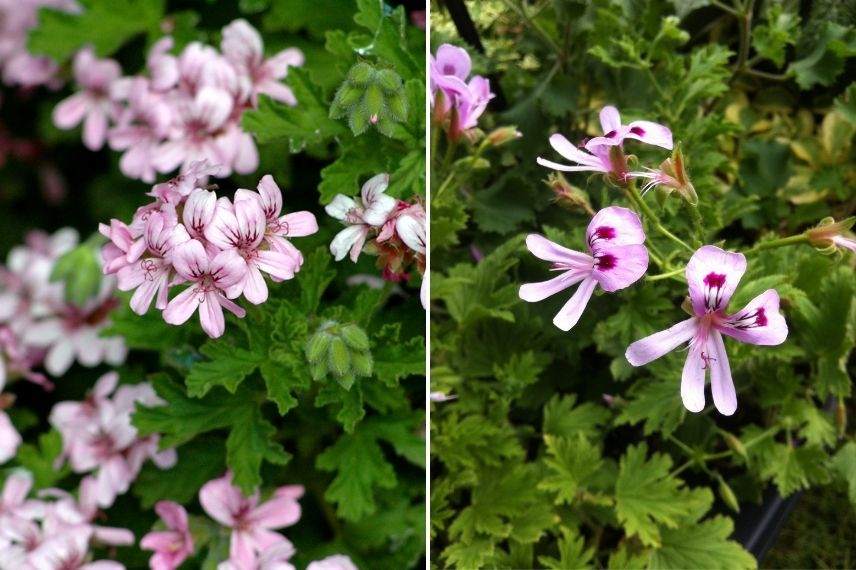
Left, Pelargonium ‘Graveolens’ (Photo Eric Hunt); right, Pelargonium ‘Lemon Fancy’
Sweet woodruff: useful in cooking and as a repellent
Sweetwoodruff (Galium odoratum) or fragrant bedstraw is a small perennial groundcover plant used for its medicinal properties. It has many culinary uses (infusions, desserts…) and helps repel flying insects such as wasps.
Its stems release spicy notes of cut hay, vanilla and tonka bean when crushed.
This wild woodland plant thrives best in shaded or partially shaded positions, in clay soils, even heavy ones. Sweet woodruff is easy to grow and, once established, will develop on its own without special care.
Make room for it under your terrace in shade, at the foot of trees, bushes or along a north-facing wall.
You can also dry its branches to make small scented posies with a repellent effect.
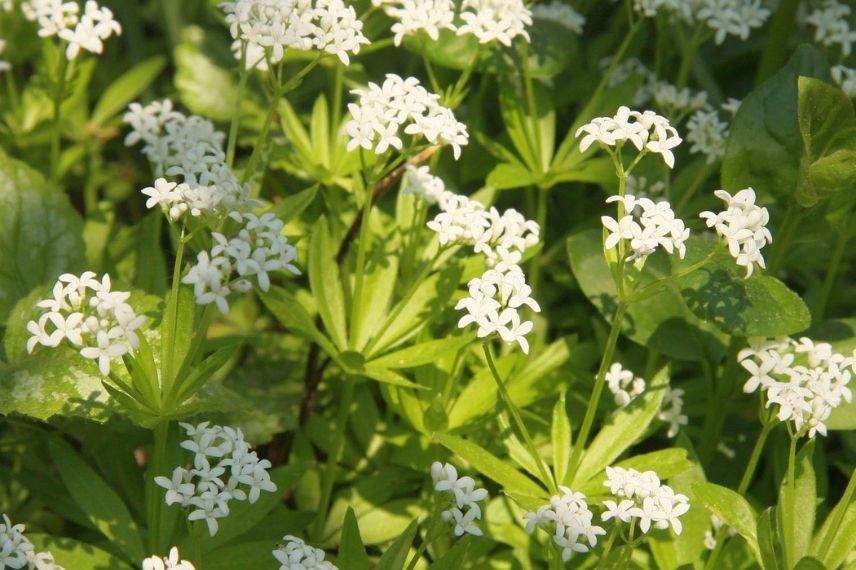
(Photo Blumenbiene)
- Subscribe!
- Contents
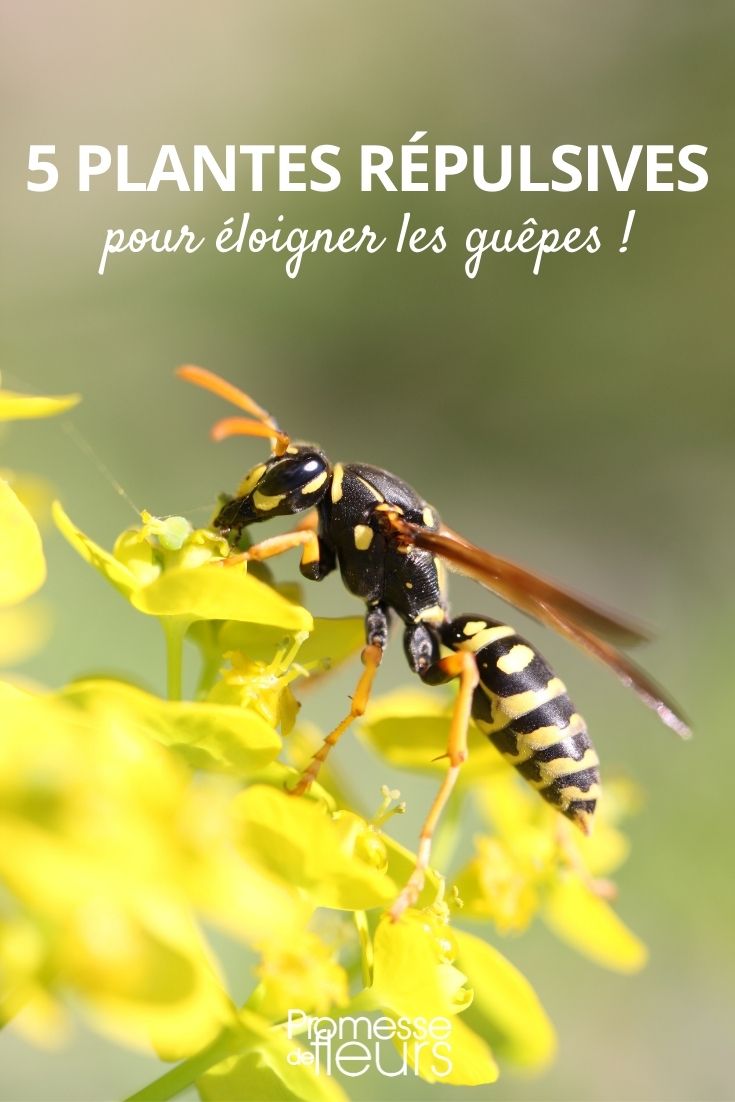































Comments